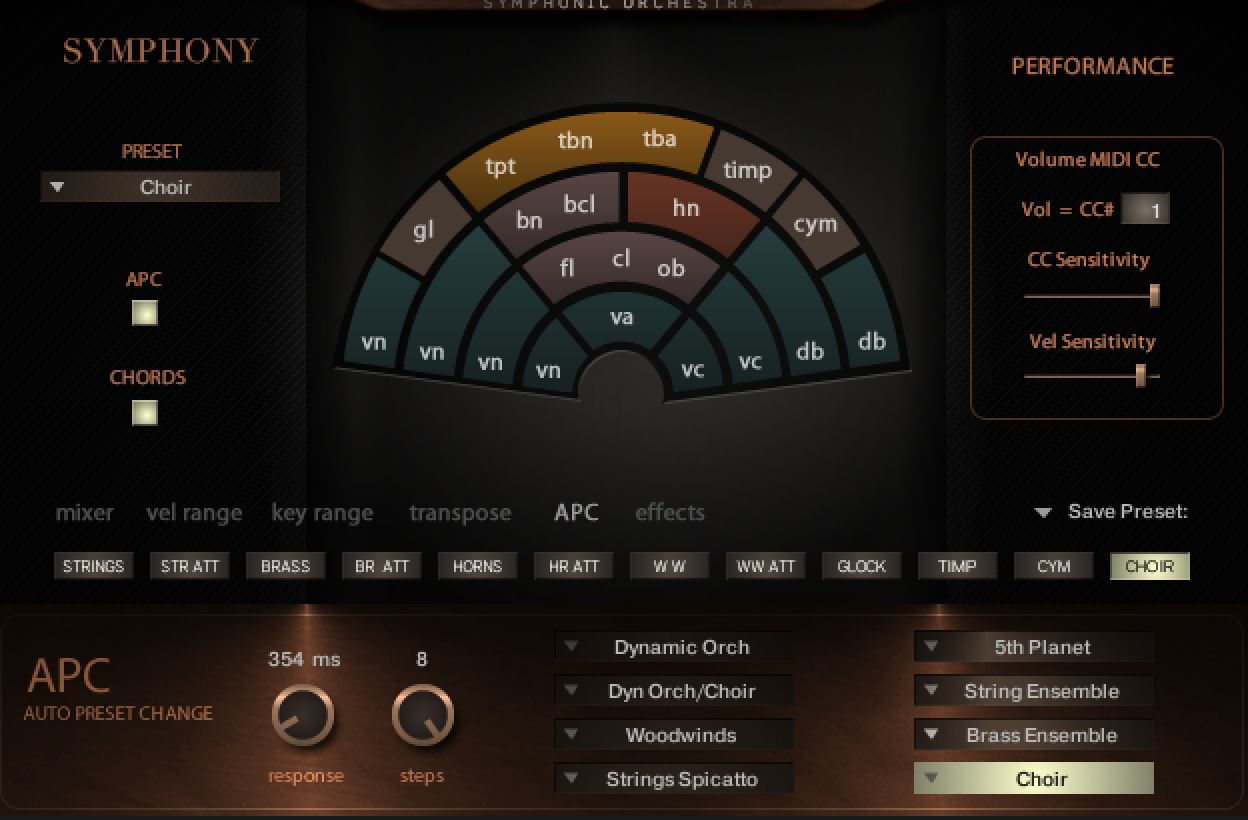

When too much oil builds on the surface of wastewater, it effectively acts like a “seal” on the surface, preventing oxygen from reaching the water resulting in the formation and growth of anaerobic bacteria, which emits foul odors and can be a skin irritant. In addition to time and labor costs, the separator’s poor performance had other negative effects. Despite this labor-intensive process too much oil still found its way out with the “clean” water. And all too frequently they had to manually remove oil from the surface of the water in the separation chamber to prevent oil build-up. They unclogged and cleaned the coalescing media. They unclogged hoses and valves that fed the separator. They had to spend too much time monitoring, cleaning, and maintaining the separator to achieve even a basic level of functionality. Meanwhile, keeping the separator operating created chronic headaches for the maintenance staff. Oil would overwhelm and clog the separation media and end up in the effluent where only “clean” water was supposed to flow. As a result, their separator (and really any typical separator) was not able to provide consistently effective oil separation.


But at this facility, the oil content could range from 10 to 25% of the mix to as much 90% of the mix, depending on the wash cycle. Typical oil water separators are designed to operate effectively when the “entrained” waste oil mixed with the water is a minor part of the total volume of the oil/water mix. The plant’s oily water separator did not work properly because the wastewater stream periodically consisted of more oil than the system could handle, and the separator would get overwhelmed by the volume of oil. Why the old oil water separator did not work effectively For many years, when this oily water reached a certain level in the sump, it was pumped to an oil water separator, but the plant’s separator was not effective, leading to time-consuming challenges for the facilities’ operations and maintenance team. Before the wastewater can be discharged, the cooking oil needs to be separated and removed from the wash water. During this washing process, cooking oil mixes with wash water and condensation, flows into a network of floor drains, and accumulates in a sump. To adhere to stringent health and safety requirements, the facility completes a thorough, daily cleaning process which includes washdown of the fryers, heat presses, vats, and conveyors. On more than a dozen production lines at one particular facility, employees produce nearly one million tortilla-based products daily and deliver their high quality products to restaurant chains and other retailers across the country.Īs part of their cooking process, taco shells are fried in vegetable oil. Located in the Midwest, it is a subsidiary of one of the world’s most successful corporations in the food industry. One of the largest producers of taco shells, tortillas, and tortilla chips in the United States faced an oil removal challenge in their production process. TAKO™ Tank Oil Water Separator at Food Production Facility


 0 kommentar(er)
0 kommentar(er)
